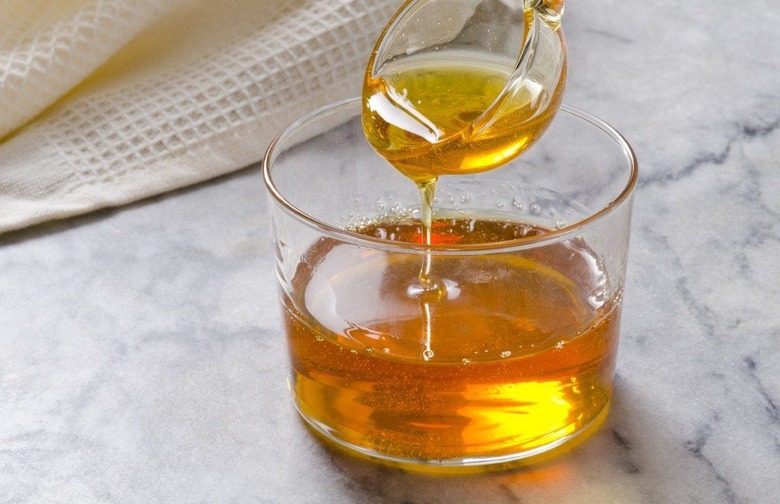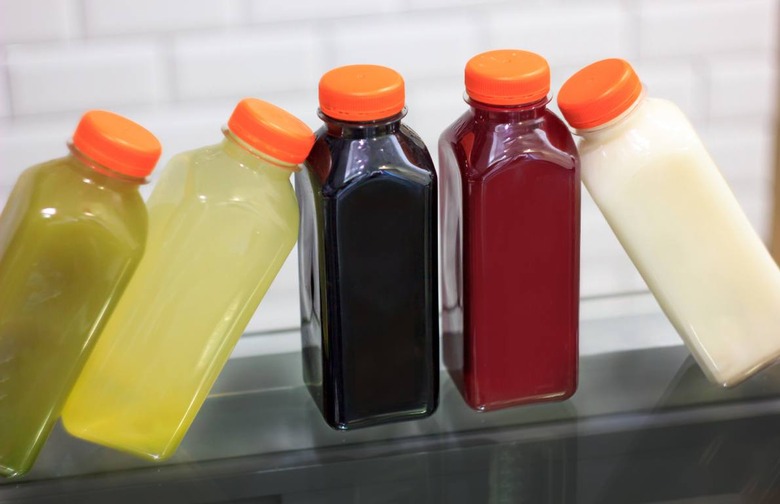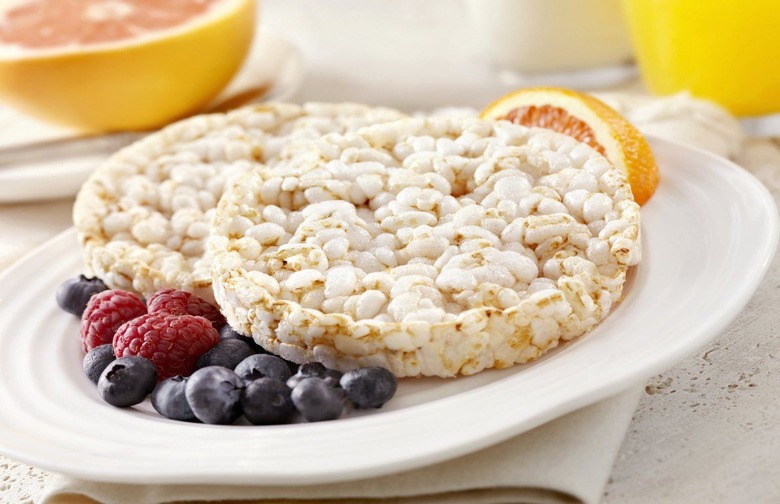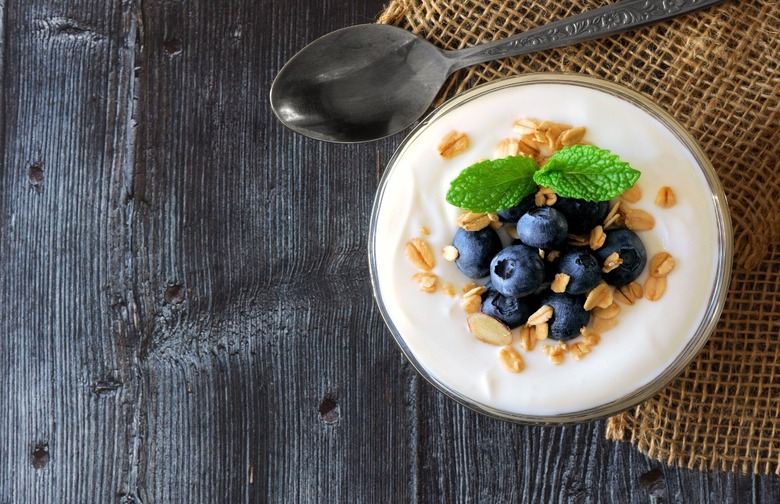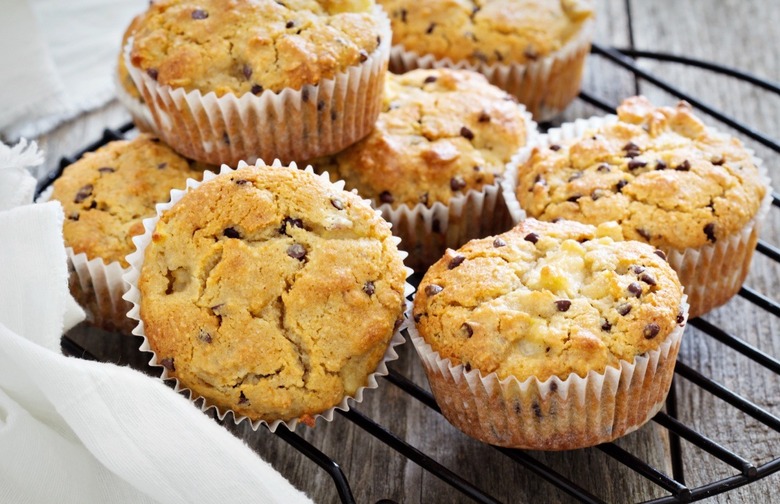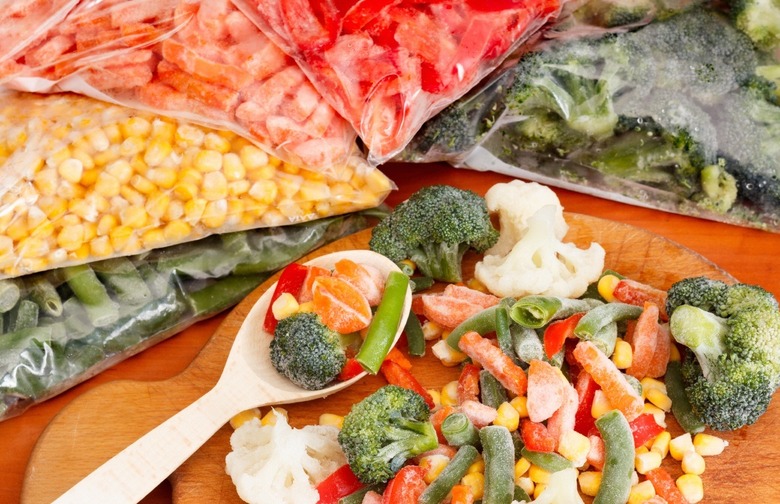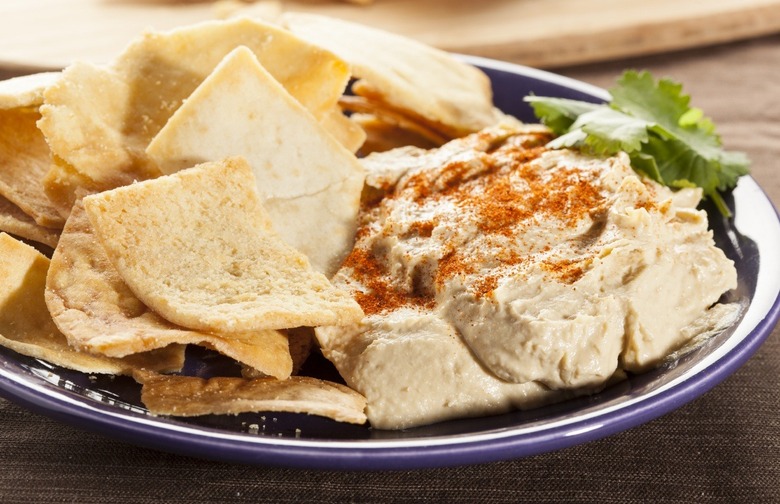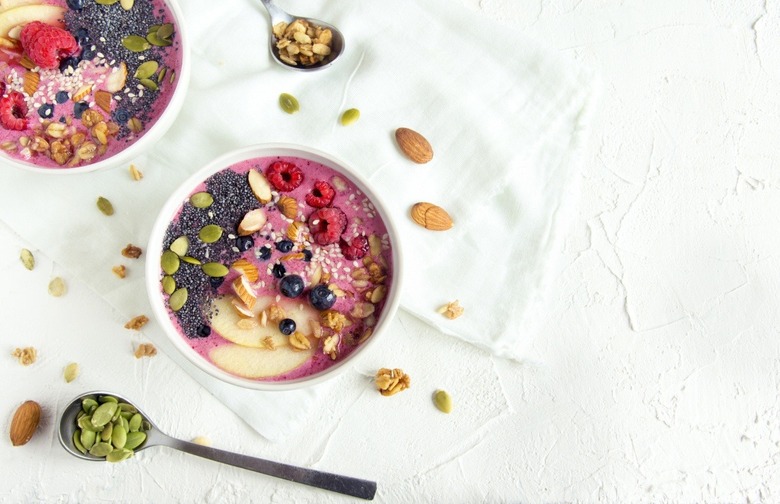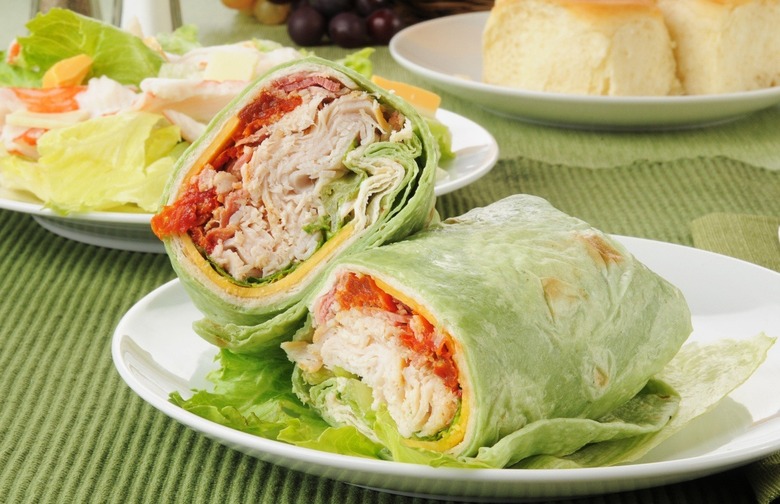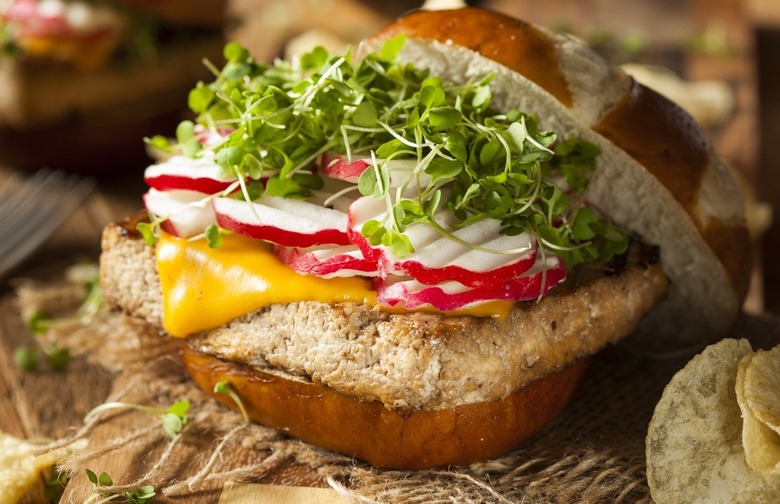10 Trendy 'Health Foods' That Are Anything But Healthy Slideshow
Nutritional science is engaged in a neverending tug-of-war. It only takes one small study to rattle the cages of every health, science, or food publication on the internet, resulting in dramatic and misleading headlines. Healthy food trends fall victim to the same sensationalism.
Here are 10 "healthy foods" that are anything but healthy.
Agave Nectar
Agave syrup is derived from the sweet nectar of the Agave tequiliana (tequila) plant, and is often perceived as a "natural" alternative to processed cane or beet sugar or other zero-calorie sweeteners. The syrup is touted by manufacturers as a safer sweetener for diabetics because it is lower on the glycemic index (a measurement of how certain foods affect blood sugar levels), but no reliable human studies exist reinforcing this claim. Agave syrup looks just like any other sweetener — no better, no worse.
Cold-Pressed Juice
Food trends don't get any hotter than cold-pressed juices. The theory is that cold pressing fruits and vegetables (through extreme pressure) preserves their nutrient content more effectively than running them through an electrical centrifugal juice extractor whose heat indirectly oxidizes them. Cold-pressed juices might shove a lot of fruits and vegetables into an eight- or 16-ounce serving, but they are not designed to be meal replacements or dieting tools. Depending on the ingredients, juices can contain a ton of sugar (albeit natural). For example, the 16-ounce pineapple, apple, and mint fruit drink from BluePrint Organic contains 210 calories and 45 grams of sugar.
Rice Cakes
Being bland and flavorless doesn't necessarily make a food healthy. Rice cakes sadly fall into this category. Although they don't contain many calories, rice cakes don't really contain much of anything — they comprise solely processed rice and a hint of salt. Without any fiber, rice cakes rapidly move through the digestive system and are quickly converted into sugar, which can spike blood sugar levels.
Non-Dairy Yogurt
These odd inventions are simply hitching a ride on the anti-dairy train, masquerading as a healthier alternative to yogurt. A six-ounce serving of Almond Dream Non-Dairy Yogurt contains 150 calories and 14 grams of sugar, but only contributes one measly gram of protein. Most of the almond's beneficial oils and fiber are removed in order to insure the yogurt has a smooth and silky texture. Although the yogurt does contain calcium and probiotics, these nutrients are added after production, similar to a fortified cereal.
Gluten-Free Baked Goods
Despite the fact that less than one percent of Americans are believed to be have celiac disease, customers and food brands alike have gotten caught in the gluten-free food obsession. To mimic the taste and texture of wheat gluten, companies will use corn, oat, and rice flours, which aren't necessarily better for you. One study found that participants who consumed rice-flour-based baked goods had higher levels of metals within their system than the control group, which is linked to rice's natural arsenic and metal content.
Organic Frozen Foods
Food brands have done an excellent job unjustifiably using the organic food label to connote a healthy image for their products. Unfortunately, frozen organic pizza, macaroni and cheese, or burritos will never be health foods. One popular brand of frozen enchiladas is "made with organic ingredients," but still contains almost 500 calories and 12 grams of saturated fat, which is more than 50 percent of your recommended daily allowance.
Pita Chips
Maybe because of their close association with the Mediterranean diet, many people mistakenly believe that pita chips and pita bread are a healthy-carb option. Pita chips are not usually fried, but they're made with enriched wheat flour, which the body quickly processes into simple sugar. They aren't low in calories either; 10 chips are 130 calories.
Smoothie Bowls
Their vibrant colors and pleasant toppings give smoothie bowls the appearance of a well-balanced breakfast, but don't be fooled: they are loaded with sugar. Unlike traditional smoothies that come in useful, portion controlled bottles, smoothie bowls tend to be larger and have more surface area, which makes it easy to add additional toppings. For example, the Chunky Strawberry Bowl from Jamba Juice contains 590 calories and 58 grams of sugar.
Spinach Wraps
"Spinach wrap" sounds like a dieters dream, but don't be fooled by the name — this is a tortilla in disguise. The first three ingredients — enriched bleached white flour, water, and vegetable shortening — are no different than any other tortilla. The green hue comes from a small amount of spinach power and food dye. Get your tortilla fix by making these corn-free paleo tortillas.
Vegetarian Meat Alternatives
Does soy protein concentrate, pressed canola oil, cane sugar, and caramel color sound appetizing? How about vital wheat gluten and yeast extract? A vegetarian meat alternative is difficult to create without the use of a laundry list of ingredients. Packaged products like beefless ground or porkless bites require binders, coloring agents, preservatives, and loads of flavoring to even come close to recreating the taste, texture, or flavor of meat. Eschewing meat for environmental or ethical reasons is one thing, but vegetarian-meat alternatives are not necessarily a healthier option.

